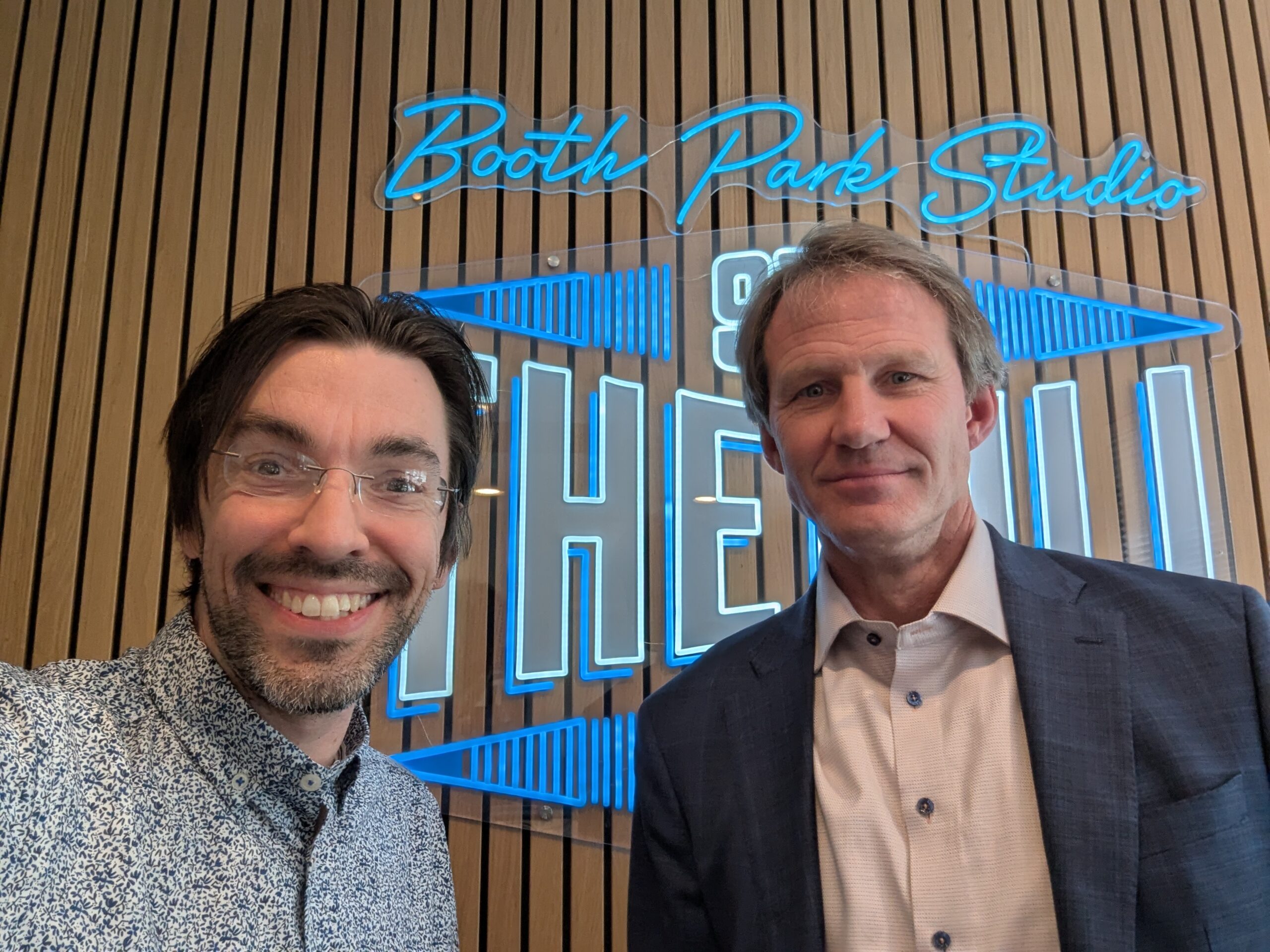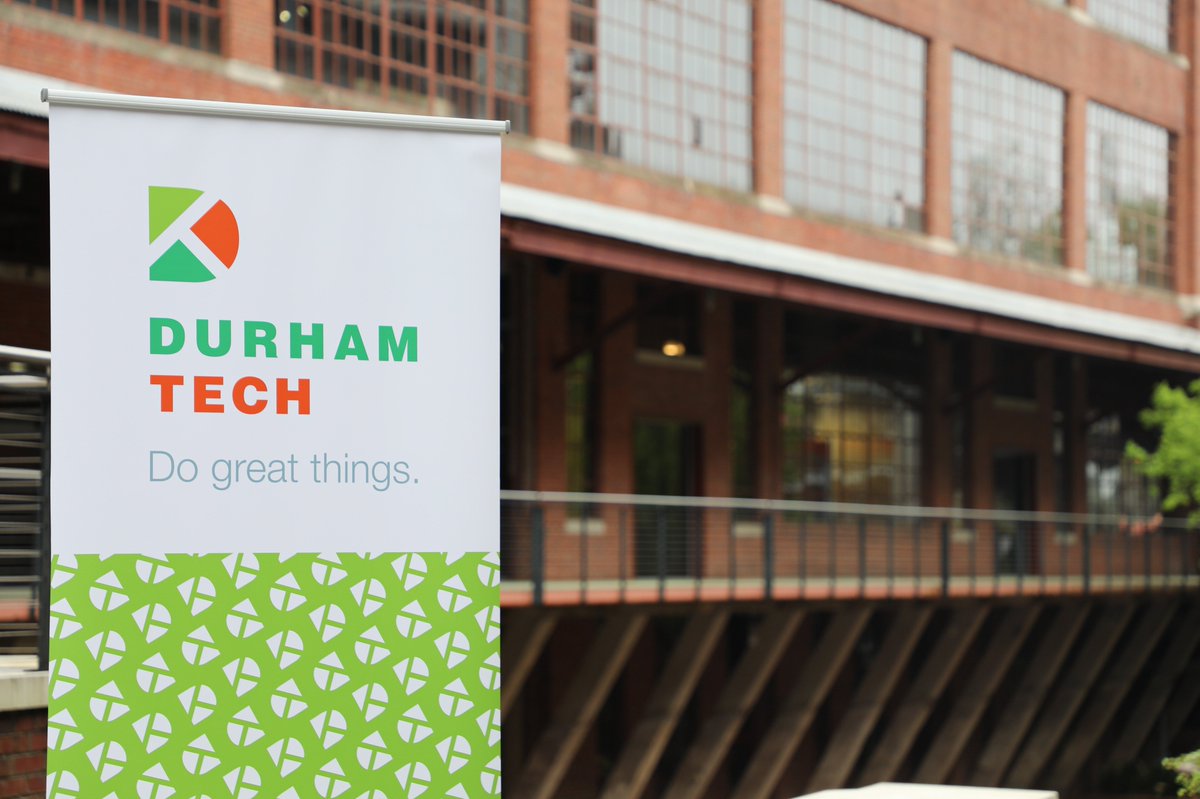The future of higher education: it’s going to be a major issue for the General Assembly this year, as well as a major issue at the national level with a new presidential administration. Colleges and universities are planning for their own futures as well, at a time of great uncertainty and significant transition.
What should tomorrow’s colleges and universities look like? How should we be devoting our resources? What should our priorities be? What should be changed, and what should remain the same?
WCHL’s Will Arrington is looking into the future of higher education this year, with perspectives from all sides of the political spectrum. In Part 4 of a series, he sits down with one longtime advocate who says the answers will not be easy.
Listen to the report.
It’s true that costs for college have gone up considerably over the past 30 years. Politicians on both the left and the right have offered different proposals to deal with making tuition costs cheaper, or by reforming the system to help those already in debt. Steve Brooks spent many years as the Executive Director of the State Education Assistance Authority, and he says the problem isn’t that simple to fix.
Brooks says costs have gone up because politicians have been reluctant to increase funding for public higher education, especially at the state level. As most decent jobs require some level of higher education more people have turned to federal financial aid programs to help cover these rising costs. He argues that the growing simplicity of the financial aid process has led to it becoming overburdened.
“The more simplistic you can make something, the less likely it is to have an equitable outcome,” he says.
Read Part 1 of Chapelboro’s series on higher education.
Read Part 2 of Chapelboro’s series on higher education.
Read Part 3 of Chapelboro’s series on higher education.
Brooks says making the process more equitable would probably lead to a more difficult application process that might turn people off of applying for federal aid – and he’s not in favor of that. But he also blames the media for making student debt seem like a bigger problem than it actually is.
“Most defaults on student loans happen to people who have less than [4 years] of education, [who] drop out and say ‘Why should I have to pay it back?’” he says. “But they do have to pay it back.”
Brooks also says it’s hard to know what regulation is appropriate for students who borrow private loans from banks to pay for their education. He says that part of this is determining what accounts for a loan and what doesn’t, an example being a student who uses a home equity loan for funding education while also using it for paying off their house.
Brooks is not in favor of proposals to move higher education into being funded by private entities, particularly criticizing Senator Marco Rubio’s plan to have students be funded by private investors in exchange for a percentage of their income after graduation. He says that Rubio “can call it a stock option, (but) I think it’s more like indentured servitude [because] a student is basically signing away a percentage of their future earnings, forever in some instances”.
Despite his rejection of privatizing the federal aid process, Brooks also says he sees problems with making higher education a public commodity. He says that kind of plan might not cover a lot of the costs of college beyond tuition. He cites that “between Pell Grants, a state grant, and the HOPE tax credit, nobody making under $180,000 is paying a dime to go to community college right now” – but many people still struggle to make ends meet, between paying for housing and commuting to college among other things. Brooks says that that dynamic wouldn’t change if tuition was totally free – it would just be magnified across the country.
Brooks instead advocates that the federal financial aid system is meant to provide the best of both worlds with public and private funding for education, and that more discussion in to how to make it more effective is needed to cover the problems with it.






